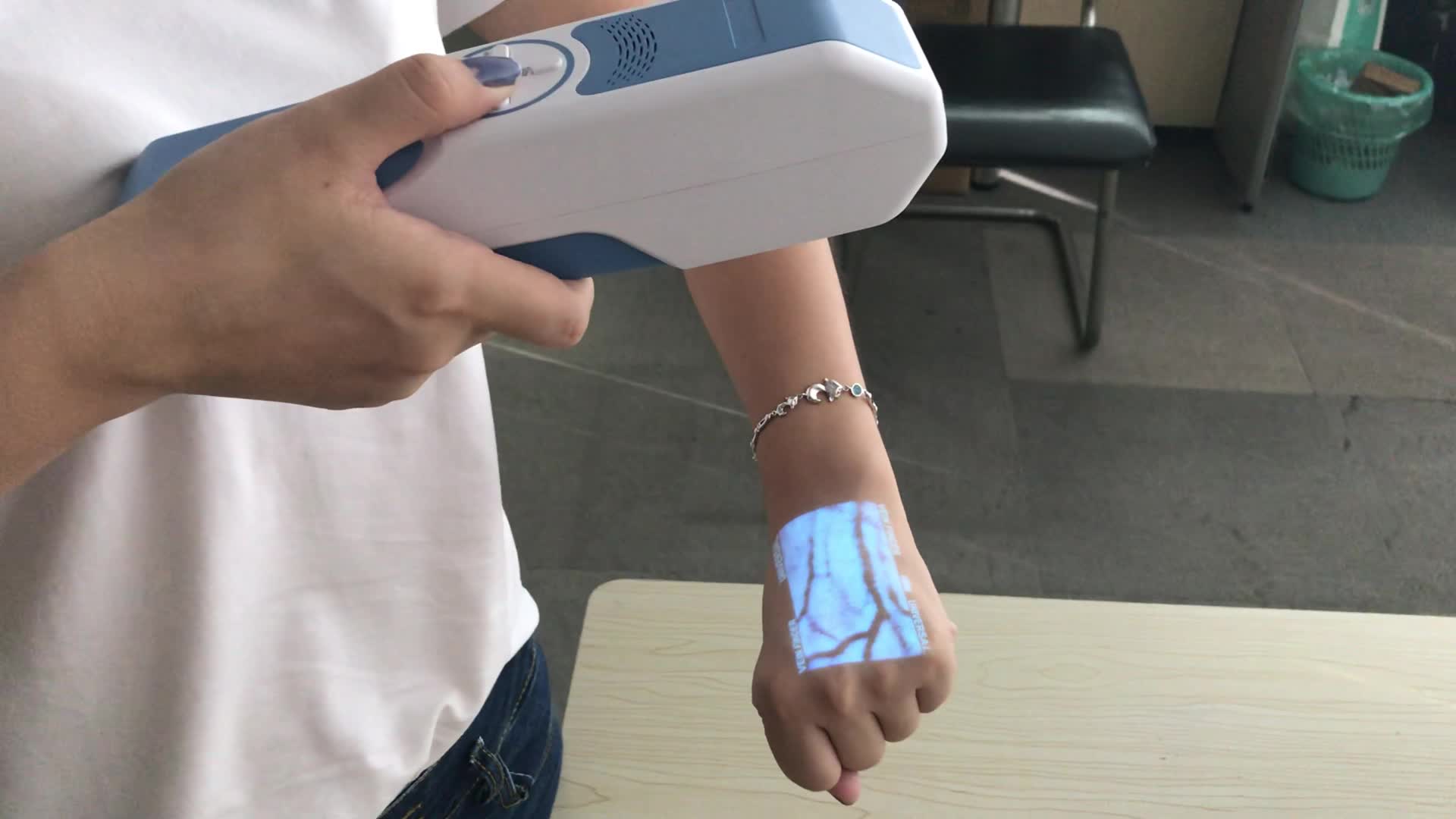
What to Look For in a Vein Finder
There are so many different vein finders on the market these days that it can be tough to decide which one is right for you. In this blog post, we’ll discuss what to look for when purchasing a vein finder and tell you about our favorite models on the market.
We’ll also provide some tips on how to maintain your new vein finder. So, if you’re in the market for a new vein finder, read on!
What is a vein finder and what are its uses
A vein finder is a handheld device that uses infrared light to locate veins just beneath the skin’s surface. The device is commonly used in medical settings, such as hospitals and clinics, to help nurses and doctors find veins for blood draws or IV insertions.
Vein finders are also used by phlebotomists, who are trained professionals who specialize in drawing blood. The devices can be helpful for people with difficult-to-find veins or dark skin tone. While vein finders are mostly used in healthcare settings, they are also becoming more popular among people who have difficulty finding their veins on their own.
This includes people with diabetes, those who have had surgery, and those who have low body fat. If you have difficulty finding your veins, a vein finder can be a helpful tool. You can purchase one online or at some pharmacy stores.
How to choose the right vein finder for your needs
Vein finders come in all shapes and sizes, and it can be tough to know which one is right for you. Here are a few things to keep in mind when making your selection:
- First, consider the size of the area you’ll be working with. If you’re only looking for veins in small areas, such as the hands or feet, a smaller device may be all you need. On the other hand, if you’re working with larger areas, such as the arms or legs, you’ll need a device that covers more surface area.
- Second, think about the level of precision you need. Some vein finders are designed to give you a general idea of where the veins are located, while others use more sophisticated technology to pinpoint their exact location. If you’re working with delicate areas or patients who have difficult-to-find veins, you’ll need a more precise device.
- Finally, make sure to choose a product that’s easy to use. The last thing you want is to be fumbling around with a complex device when time is of the essence. Look for products that are designed for simple, one-handed operation.
By keeping these factors in mind, you can be sure to choose the right vein finder for your needs.
The features you should look for in a vein finder
If you’re looking for a vein finder, there are a few features you should keep in mind.
- First, consider the type of display. Some vein finders have a traditional LCD display, while others use LED or even OLED technology. OLED offers the best image quality, but it can be more expensive.
- Second, think about the power source. Some vein finders are battery-powered, while others need to be plugged into an outlet. If you’ll be using the vein finder frequently, it’s worth opting for a model with long battery life.
- Finally, take into account the size and weight of the device. If you’ll be carrying it around with you, you’ll want something that’s lightweight and easy to transport.
With these factors in mind, you’re sure to find the perfect vein finder for your needs.
The price range of vein finders
There are a wide variety of vein finders on the market, and the price range can be quite significant. While some basic models can be found for as little as $500, more advanced units can cost several thousand dollars.
So, what exactly do you get for your money when you purchase a vein finder? Vein finders work by using a variety of different technologies to locate veins beneath the skin. Some use infrared light, while others utilize ultrasound waves. More expensive units often offer a combination of both methods.
In general, the more expensive units are more accurate and easier to use. However, even the most basic models can be quite effective when used properly. So, how much should you expect to pay for a good vein finder? The answer really depends on your needs and budget.
If you only need to use it occasionally, then a less expensive model may be perfectly adequate. On the other hand, if you plan on using it regularly, then you may want to invest in a more expensive unit. Ultimately, the best way to determine the right price is to shop around and compare features and prices from different manufacturers.
Tips for maintaining your vein finder
A vein finder can be a valuable tool for nurses, phlebotomists, and other medical professionals who need to quickly locate veins for blood draws or injections. But like any other piece of equipment, a vein finder requires regular maintenance to function properly. Here are a few tips for keeping your vein finder in top condition:
- Clean the camera lens regularly with a soft, dry cloth. If the lens becomes dirty or smudged, it will be difficult to get a clear image of the veins.
- Avoid dropping the vein finder – even from a short height. A drop can damage the internal components, making it less effective at locating veins.
- Store the vein finder in a cool, dry place when not in use. extreme temperatures can shorten the lifespan of the battery and other electronic components.
By following these simple tips, you can help ensure that your vein finder will be ready when you need it.
The Bottom Line
Vein finders are an important tool for both medical professionals and patients. By understanding the different features to look for when purchasing a vein finder, you can be sure to get the best product for your needs.
We hope that this article has been helpful in educating you on what to look for when making your next purchase. Have you tried using a vein finder? What was your experience like? Let us know in the comments below!



